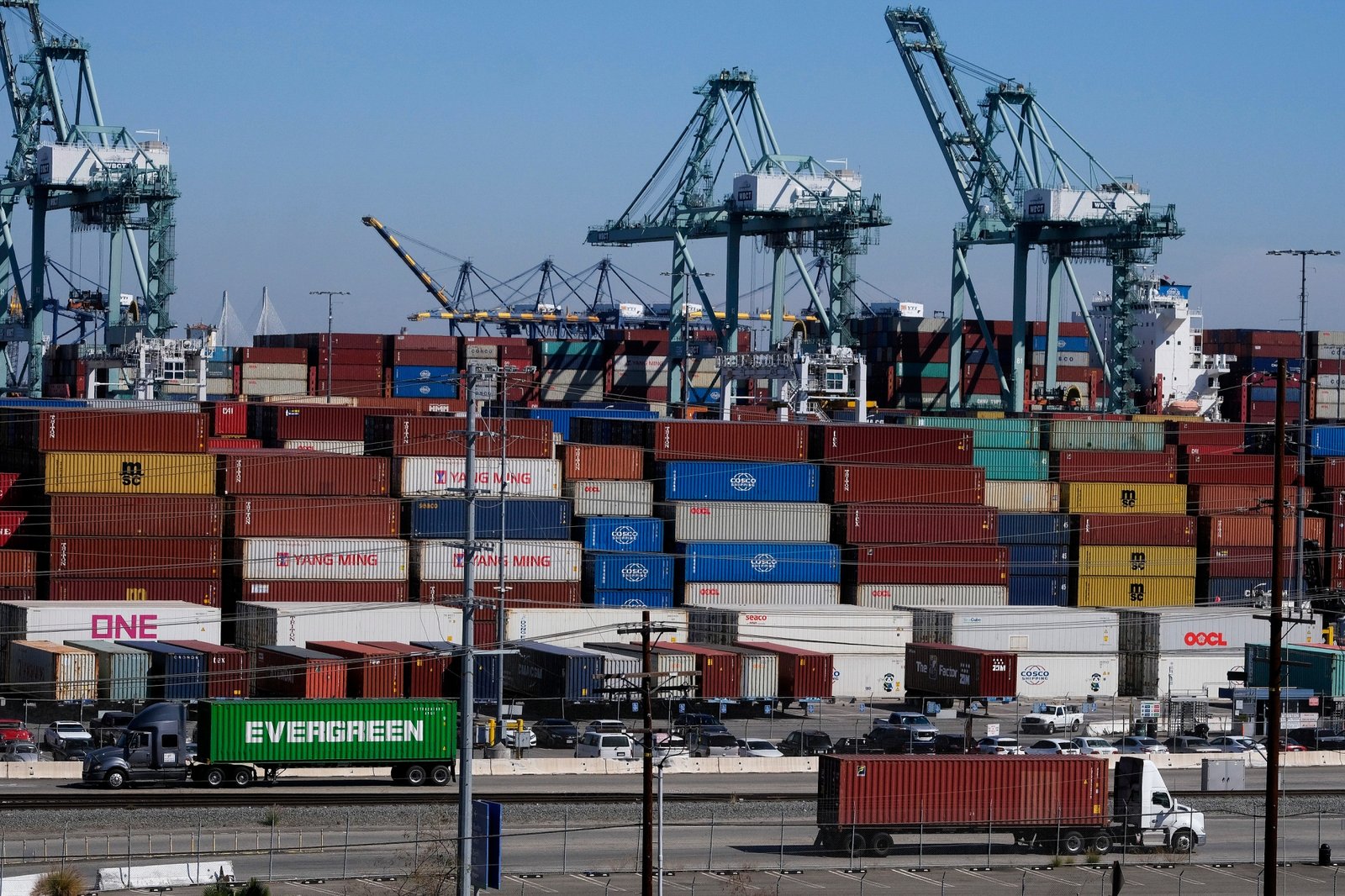HIGHLIGHT
- Port of Los Angeles officials predict cargo container volumes will reach approximately 10.7 million TEUs, nearly 13% more than the previous record set in 2018.
- The supply chain crisis has prompted the ports of LA and Long Beach to take unprecedented measures.
- Mr. Seroka expected that “Moving into 2022, we’ll continue our focus on efficiency improvements, job creation and economic development.”
FULL ARTICLE
The record of the volume of goods is about to be broken
With just a week to go before the new year, Port of Los Angeles (POLA) officials predict cargo container volumes will reach approximately 10.7 million TEUs, nearly 13% more than the previous record set in 2018. Specifically, in November 2021, this “busiest” US port handled 9,891,021 TEUs, up 18.7% over the same period last year.
“While there is much more that we need to improve upon, we’re delivering record amounts of cargo and goods are making their way into the hands of consumers and manufacturers,” said Mr. Gene Seroka, the Port of LA’s executive director.

Accordingly, at the port of Los Angeles, the total import volume in 2021 is reaching an all-time record of about 5.5 million TEUs, 13% higher than the 2018 record. But in another aspect, the export of goods whose load dropped 36.8%, to 82,741 TEUs year-on-year.
In addition, demand for empty containers from Asia is also on the rise. Empty container shortages have increased 10.6% at the port of LA over the last year, which is a contributing factor to delays in global shipping. Specifically, in 2021, this port handled about 9.9 million TEUs, 18.7% more than the same period last year.
Expecting to fill the “hole” in the global supply chain
The supply chain crisis has prompted the ports of LA and Long Beach to take unprecedented measures, such as ramping up round-the-clock operations and announcing fees for cargo that is too long on the docks.

Accordingly, Mr. Biden, President of the United States, requested that the Port of Los Angeles and the Port of Long Beach would start operating 24 hours a day, seven days a week, to help relieve supply chain bottlenecks.
Another measure that the port has used is to impose fines on companies that store goods for too long. As announced by the Los Angeles City Council, the fine will include 100 USD/container plus 100 USD/day left in port. However, this fee seems to have irked shipping companies, and port officials have postponed the toll collection several times because they have noticed a 46 percent drop in second-hand cargo at ports.
“Moving into 2022, we’ll continue our focus on efficiency improvements, job creation and economic development,” expected by Mr. Seroka.
Thanh Thao
USA: 24/7 port operations plan reduces pressure on the supply chain













